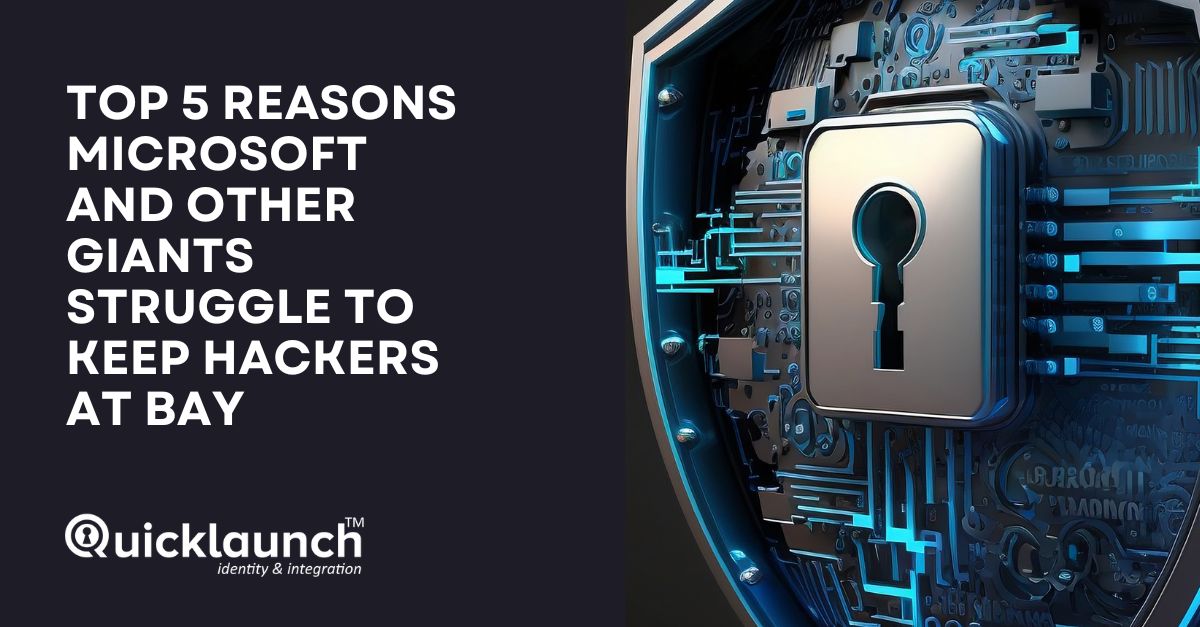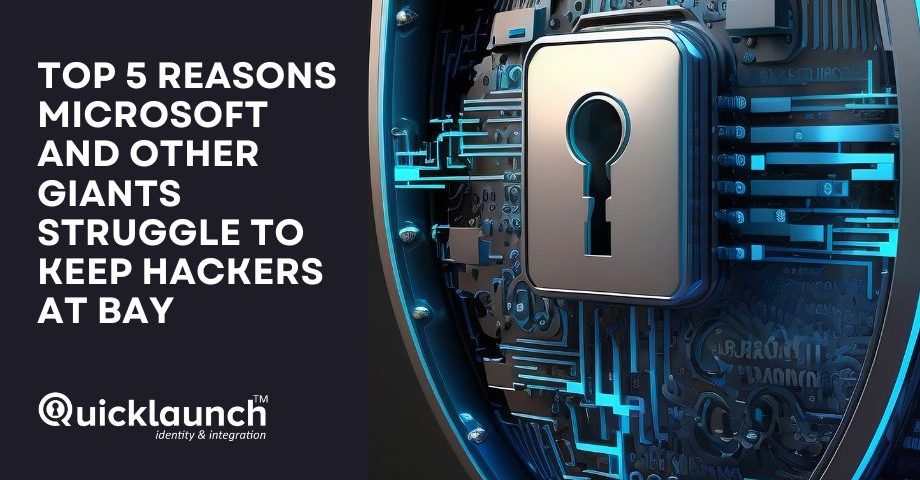Inside the Cyber Warzone: Top 5 Reasons Microsoft and Other Giants Struggle to Keep Hackers at Bay

The Future of Identity and Access Management: Trends to Watch Out
May 2, 2023
7 Challenges with Identity and Access Management Services: Higher Education Perspectives
July 11, 2023
As the world moves towards digitization and technology plays a more central role in every aspect of our lives, cyber threats continue to multiply and evolve. Cybersecurity challenges are not limited to small enterprises or businesses anymore; even behemoths like Microsoft face increasing challenges keeping their data and assets secure.
Fortune recently reported that Microsoft's Outlook and OneDrive services were disrupted, leading to major outages that impacted users of the Microsoft 365 Office suite. The disruptions were particularly severe on Monday, June 5th, with Downdetector receiving over 18,000 reports of outages and problems by 11:00 a.m. Eastern time.
In this blog, we will explore the reasons why big giants like Microsoft face cybersecurity challenges.
1. Increasing dependence on technology: Microsoft is at the forefront of technological advancements, and its digital footprint spans the globe. The company’s dependence on technology for its operations opens multiple attack surfaces, making it vulnerable to cyberattacks. In a world where cyber threats are constantly evolving, it is difficult for even the most advanced companies to keep up with the pace of technological advancements in cybersecurity.
2. Target for cybercriminals: Microsoft’s enormous reach, large user base, and valuable data make it an attractive target for cybercriminals looking to exploit vulnerabilities and gain access to sensitive information. Malware, ransomware, phishing, and spear-phishing attacks are the most common forms of cyber threats faced by Microsoft. Moreover, these attacks are often well-organized and well-executed, making it challenging for the company’s cybersecurity teams to prevent or counter them.
3. Human error: As the size of an organization grows, the threat of human error also increases. The sheer number of employees at Microsoft and its subsidiaries means that there is always the chance of a careless or uninformed employee inadvertently leaking sensitive information or falling for a phishing attack. Even though Microsoft has the most advanced security protocols and training programs to prevent such incidents of human error, they are not 100% foolproof.
4. Integration of third-party services: Microsoft integrates with third-party services and applications regularly to meet the diverse needs of its customers. However, integrating external services into the company’s digital infrastructure can lead to security challenges. These external services may not have the same cybersecurity measures in place, which can compromise the security of the entire ecosystem.
5. The constantly evolving threat landscape: Cybersecurity threats are not static; they continue to evolve and grow in sophistication. Emerging technologies like artificial intelligence (AI) and machine learning (ML) enable cybercriminals to build highly effective and sophisticated cybersecurity attacks that are difficult to detect and prevent. Microsoft needs to stay on top of these evolving threats to ensure that their security protocols are robust enough to handle new, more sophisticated threats.
Conclusion:
Microsoft is one of the biggest giants in the technology industry, and their vast digital infrastructure enables them to provide cutting-edge services to millions of people worldwide. However, with the growth in the company's digital reach comes an increase in the threats it faces from cybercriminals. To counter these threats, Microsoft must continually review and improve their security protocols, employee awareness programs, and integration of third-party services. By doing so, they can mitigate risk and ensure that their users' data and privacy are well-protected.




